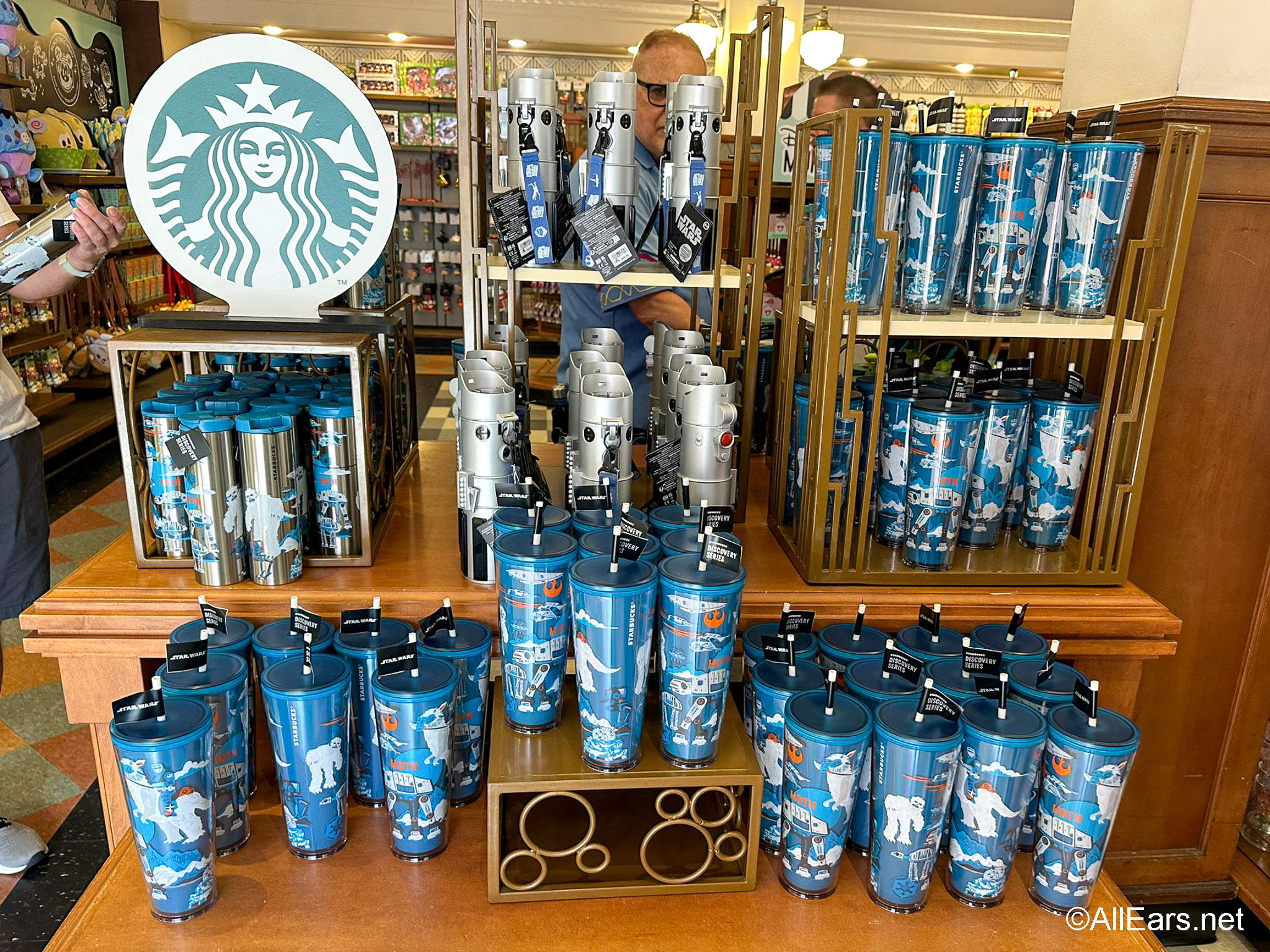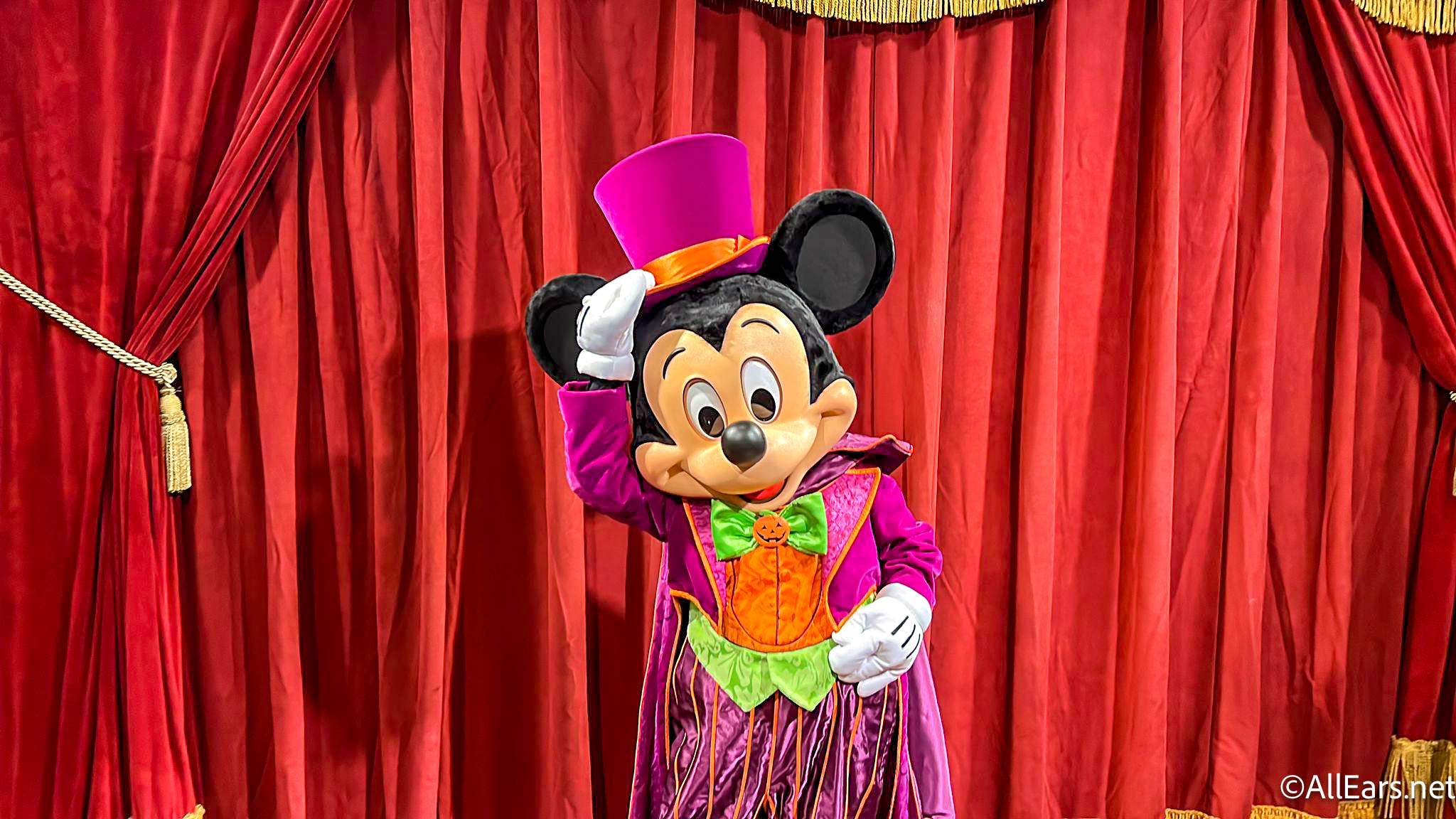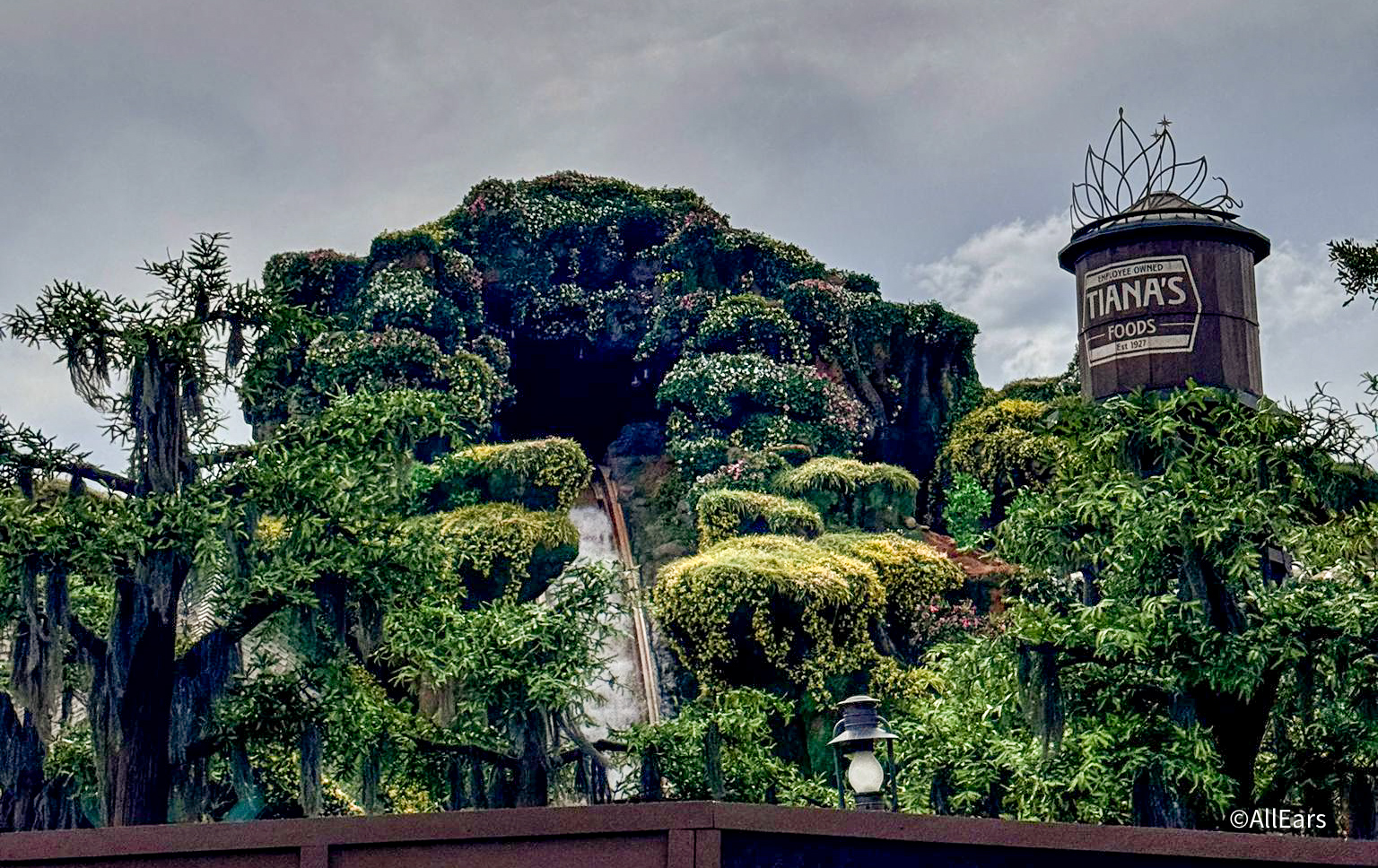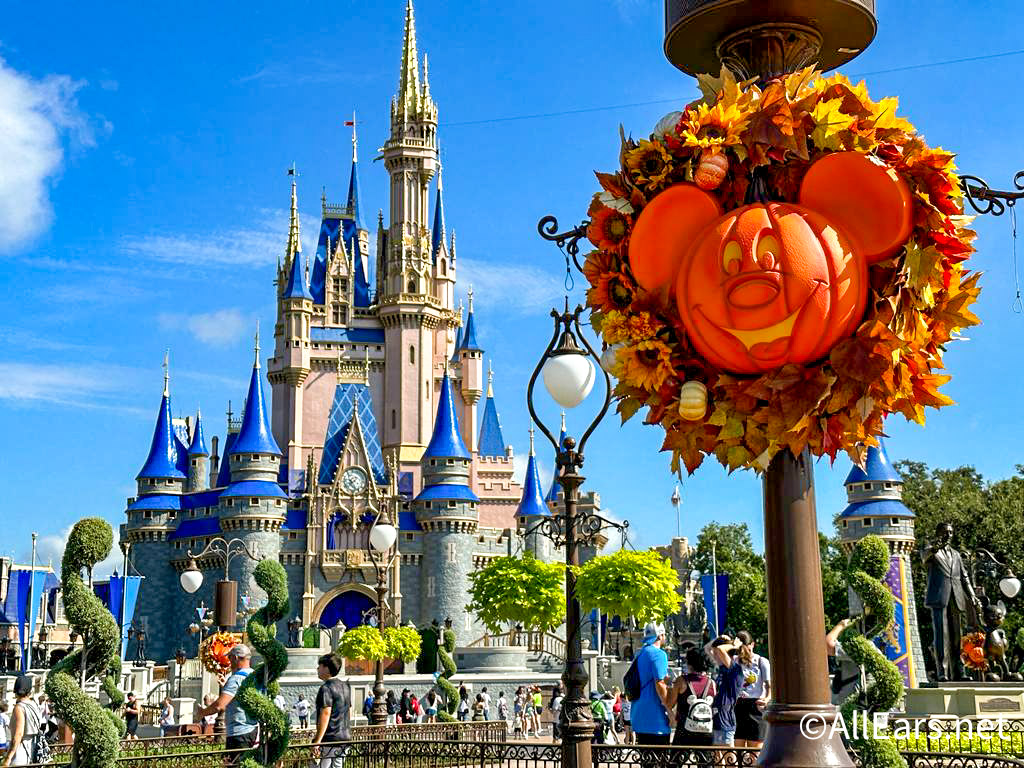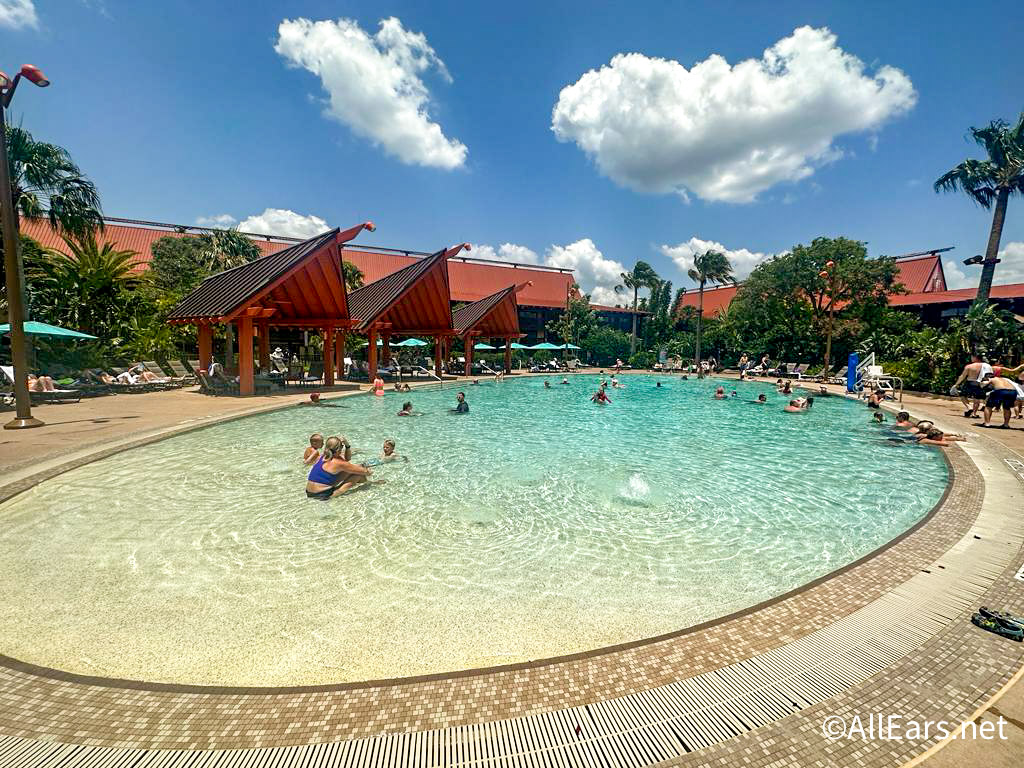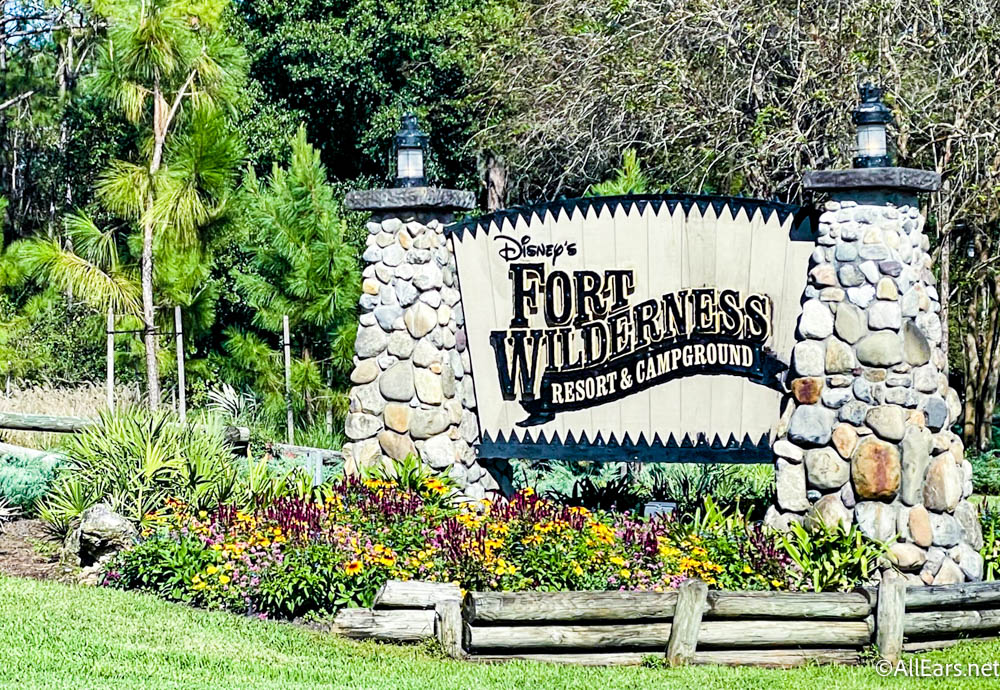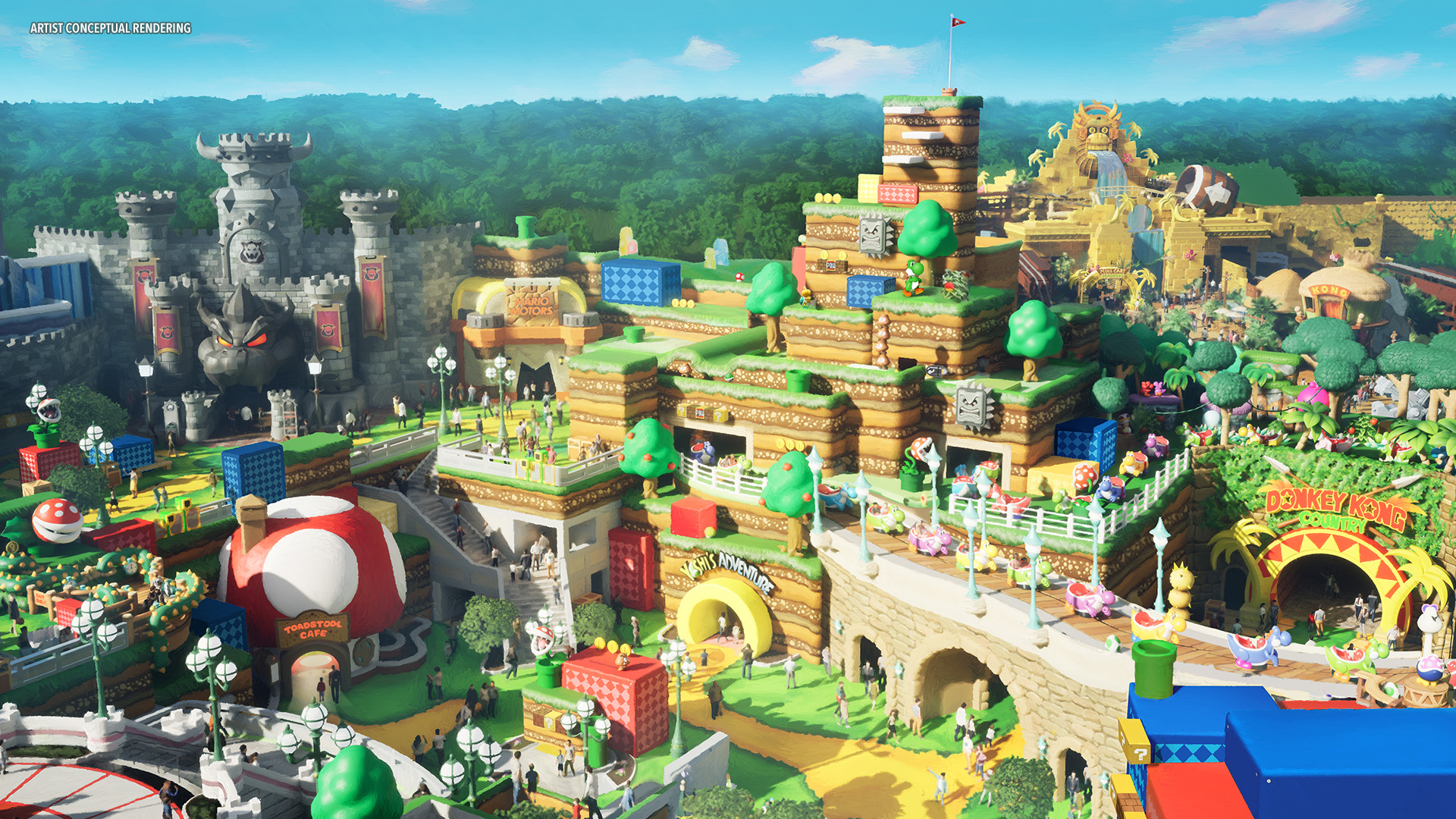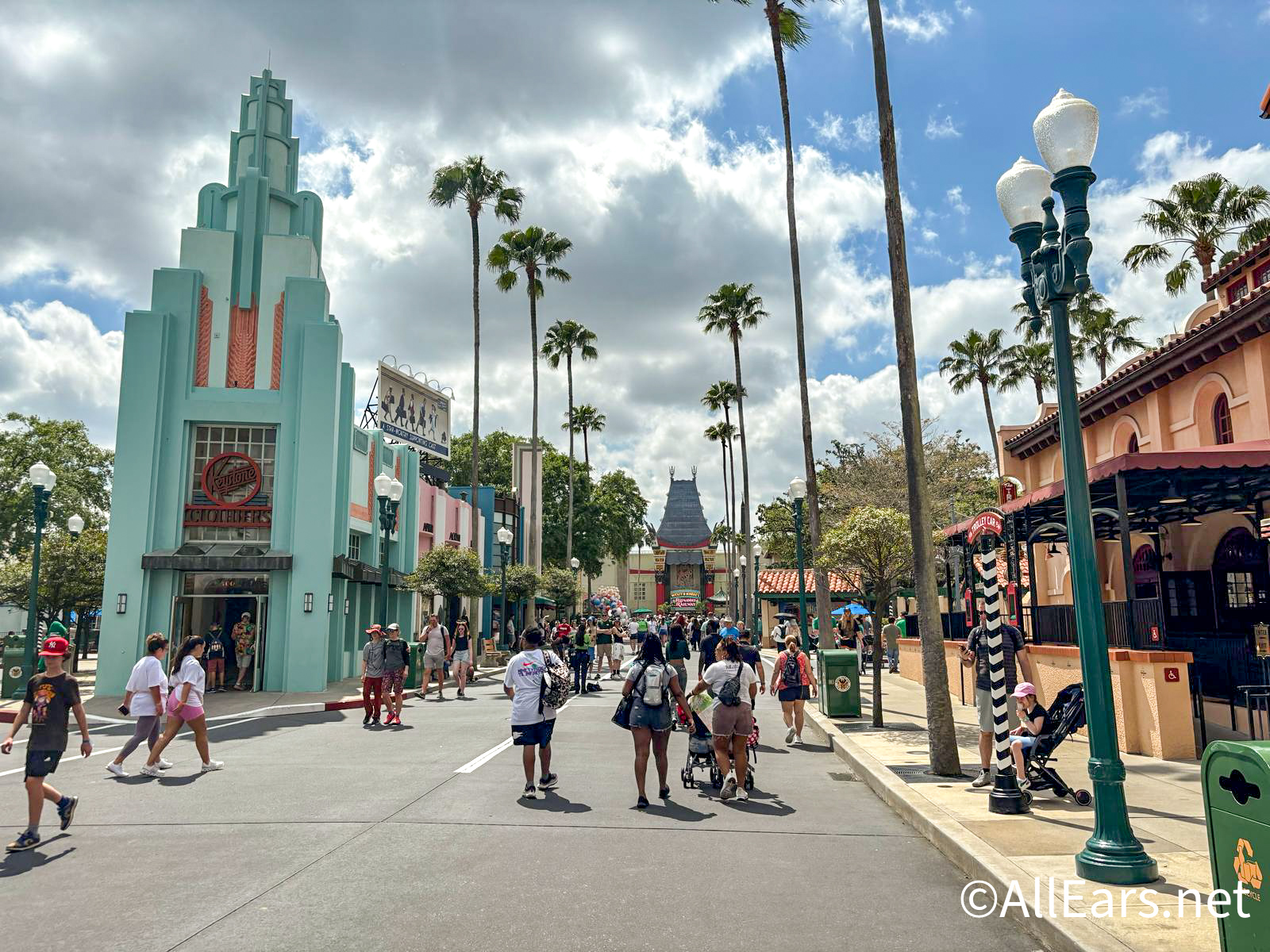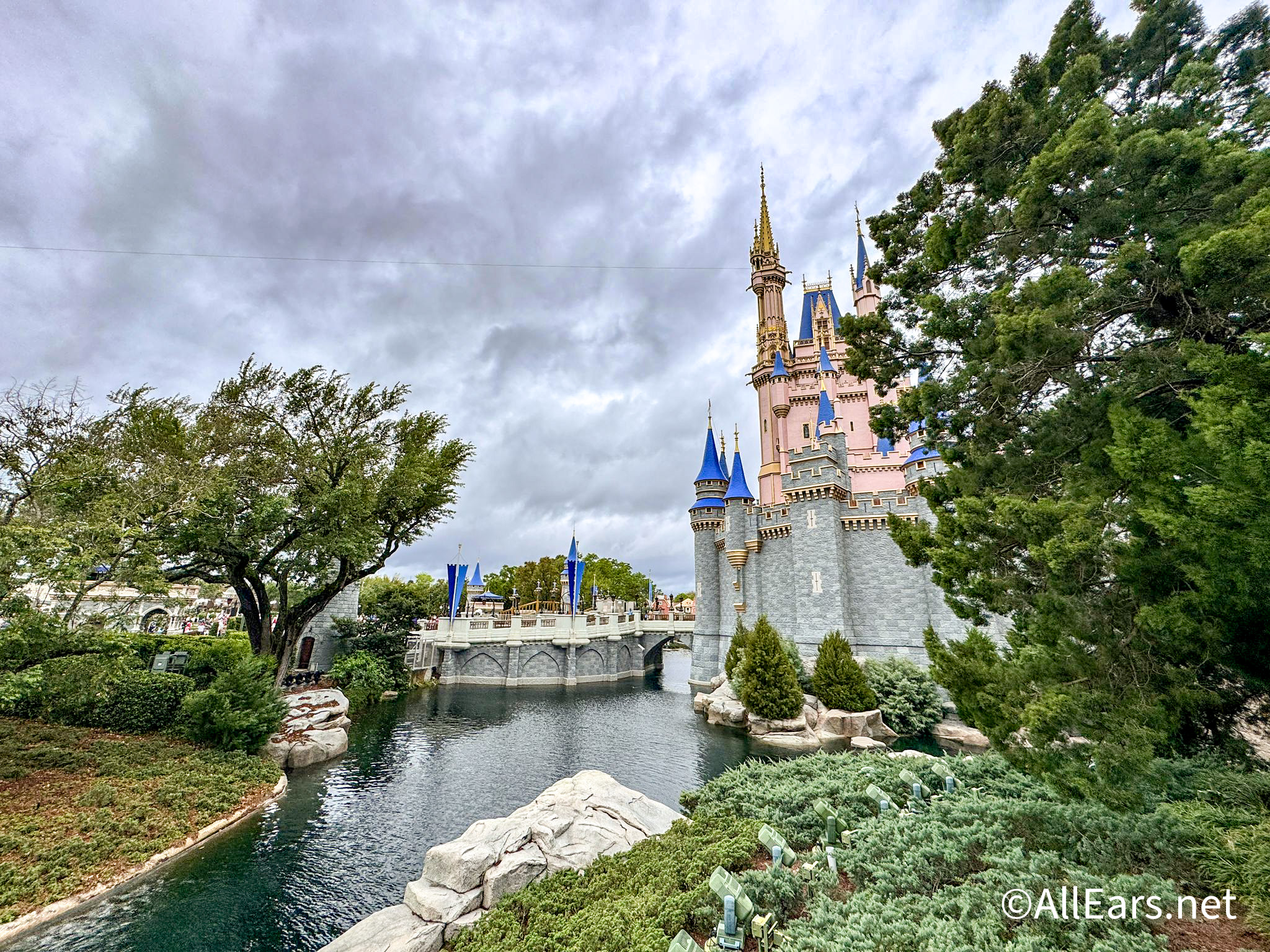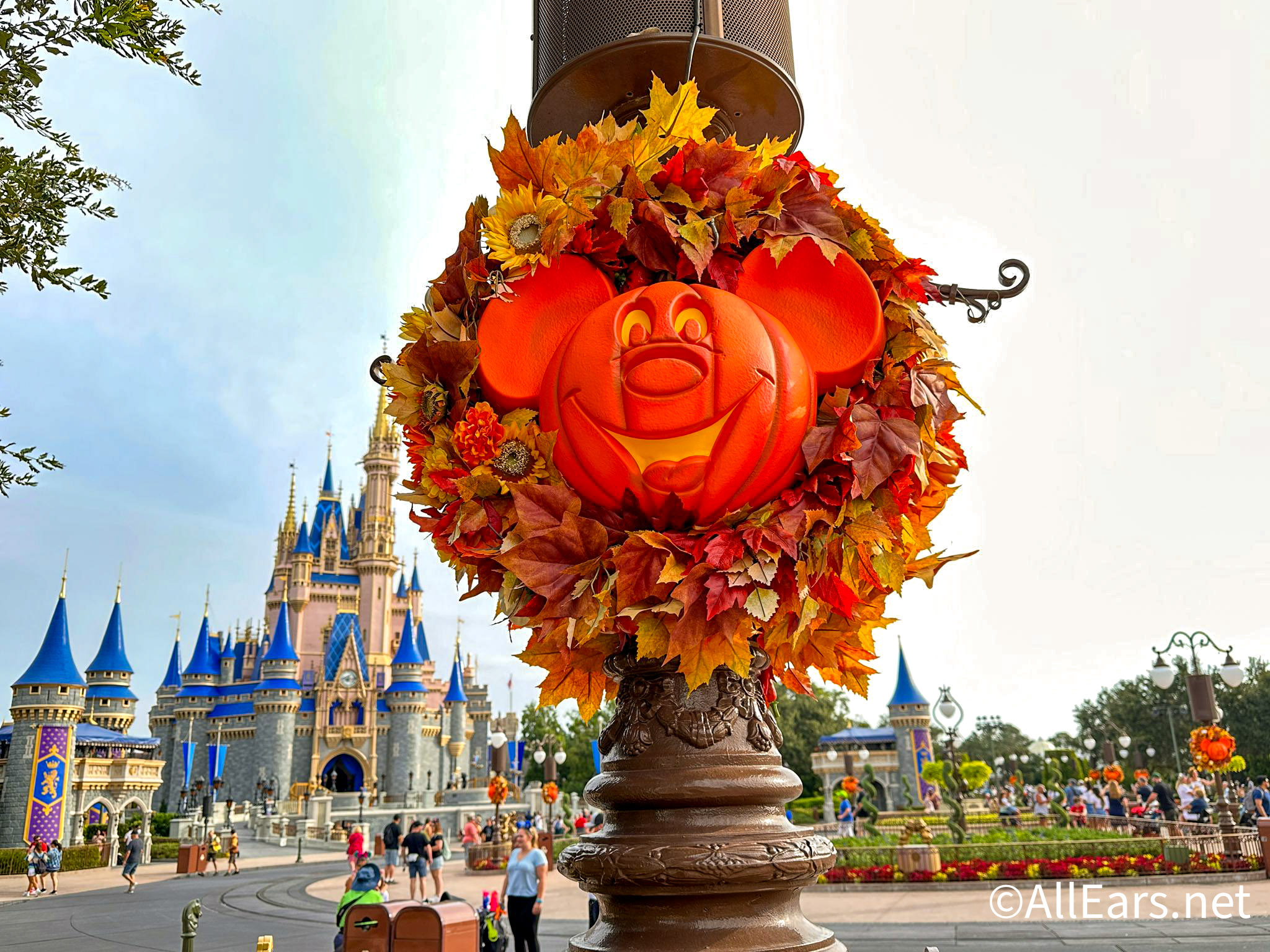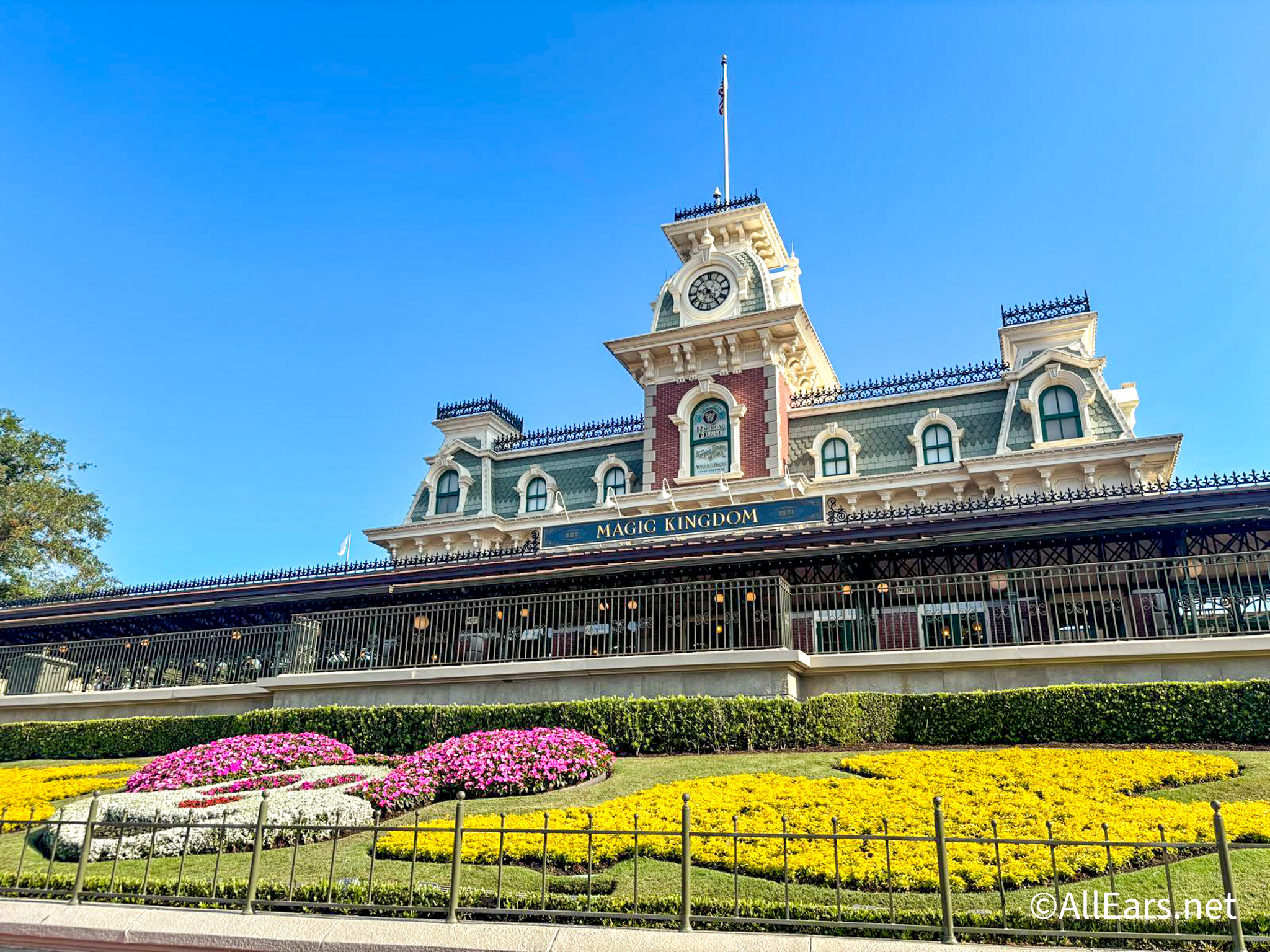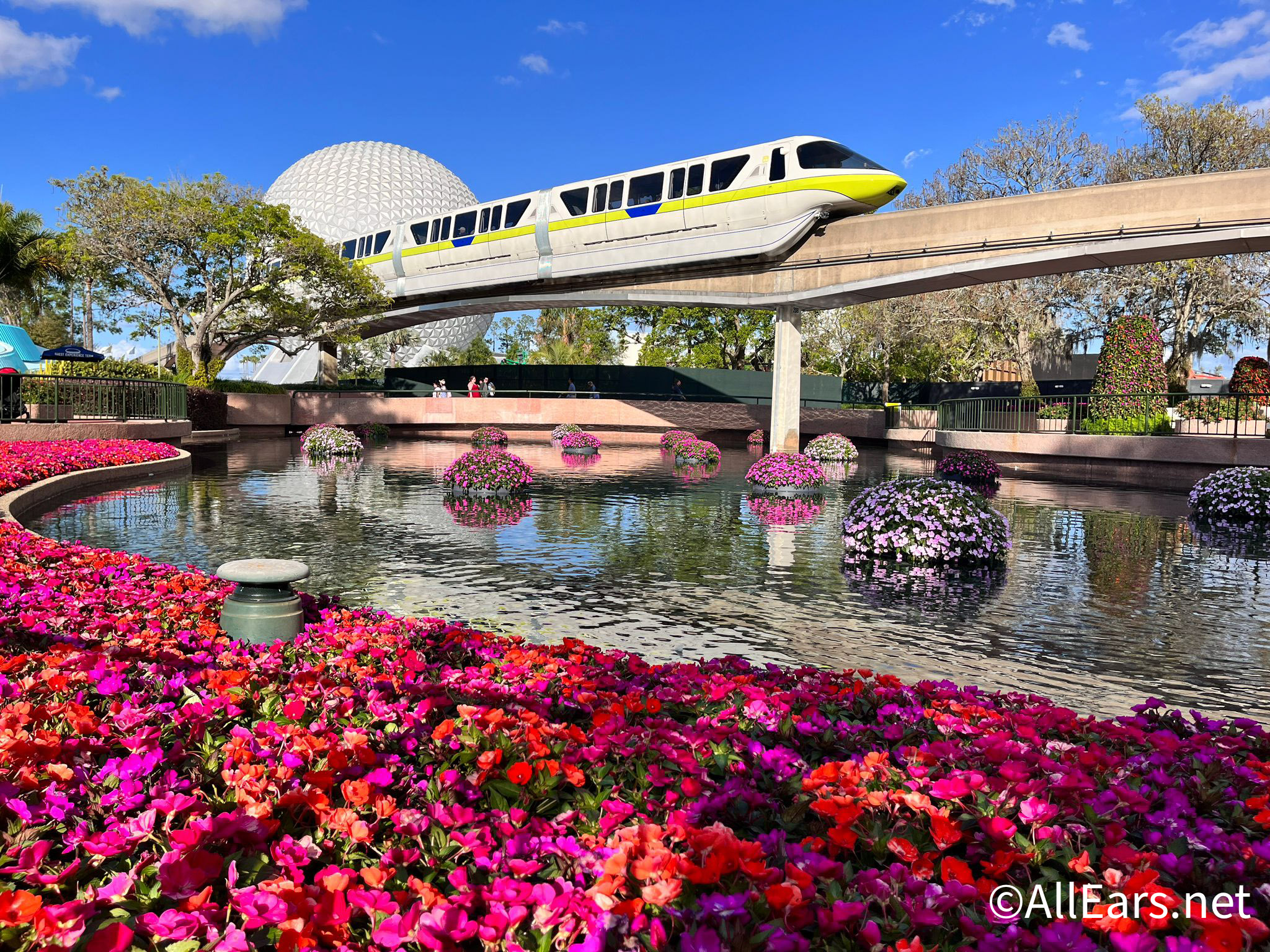Journey Into Imagination Epcot Archives
Lou Mongello's Walt Disney World Wayback Machine
written for AllEars® Newsletter
September 2007
I've been having some problems with my Wayback Machine lately, which is causing me some problems in writing this piece. You see, I keep trying to set the machine for the late 1970s so I can cover something in the Magic Kingdom, but the date just won't stick. Then I set it for the mid-'90s for something really interesting at the Disney-MGM Studios. I then try and head somewhere outside the parks, but no luck. For some reason, the date keeps automatically locking itself on to October 1, 1982, and for the life of me, I can't figure out why…
Oh hey… wait a second! I got it! This year marks Epcot's 25th Anniversary and I almost forgot (yeah, right)! So maybe the Wayback Machine is right after all, and we should go back and look at one of my favorite pavilions and attractions in all of Walt Disney World.
So I use my Disney Rewards Visa (gotta get the points, ya know) and plunk down some serious change to head back 25 years.
So here we are, 25 years ago… so much going on. From all of those people pouring water into the Fountain of Nations for some odd reason, to something called the Centorium, an odd-looking robot with an EPCOT Center baseball hat roaming around, a bit of construction going on here and there, and just lots of activity all over the place. I've also been looking for Mickey Mouse, but so far, no luck. My quest continues….
But enough lollygagging… time to hit one of my favorite pavilions and attractions – Journey Into Imagination. Ah yes, to see my old friends the Dreamfinder and Figment, to hear the familiar chorus of One Little Spark, to pick up one more purple PVC Figment figure, and to… hey… wait a minute… What's this? Where's the ride? Where's that little purple dragon?
Alas, I may have set my Machine to head back just a little bit too far, as Journey Into Imagination isn't quite ready. For although the pavilion itself may have opened with the park earlier today, and sure, Magic Journeys is a great show, it's not why I'm here. I'm here to see a little dragon with horns of a steer, eyes big and yellow, yada yada yada.
But here's the problem – it's just not quite ready yet. You see, this pavilion was one of the last to be designed for Epcot Center. Why? Well at various points throughout the development of EPCOT Center, this location was going to be the possible home of a pavilion based on forests, ecology, or nature. Sound familiar? – It should, as some of these concepts eventually became the Land pavilion, and you can find evidence of some of the forest ideas in the "Forests for Our Future" exhibit in Innoventions. In fact, did you know that the area between the Imagination! and Land pavilions was going to the location of the movie pavilion that eventually became The Disney-MGM.. Umm… Disney's Hollywood Studios?
But I digress… and since I want to talk about one of EPCOT Center's most beloved attractions and pavilions, we're going to fast forward just a few months to March 6, 1983, when the Journey Into Imagination attraction finally opened.
So let's talk about the pavilion and attraction as a whole first. It sounds great on paper, right? (sounds on paper? Never mind… go with me here…). But here's the problem — how do you quantify and present an abstract concept like "imagination" in 3D form? Some parts were relatively simple. Imagineers would create a film (Magic Journeys) about looking at the world through the eyes of a child, and create an interactive play area (Image Works) where people could use their imagination to create music, art, and so much more using new technologies. But a ride?
Fortunately or unfortunately, Disney had an earlier concept that never came to be with Discovery Bay. This was going to be a completely new land for Disneyland located along the Rivers of America in the northern portion of Frontierland. Based loosely on the "San Francisco of the 1850-1880's," it would focus on a time of great discovery, innovation, opportunity and adventure. Part of the concept included a "dimensional" adventure, among the type depicted in the writings of Jules Verne and H.G. Wells.
Specifically, one of the concepts included a "Professor of Imagination", known as Professor Marvel. He would have traveled around the universe collecting bits of magical things on a Jules-Verne inspired vehicle (see where this is going yet?). He would demonstrate his greatest accomplishment and use of his talents with the creation of a living "Figment of the Imagination."
Discovery Bay may never have lived past the design phase, but like all good ideas at Disney, the Professor and his creation didn't either. So once the idea for an Imagination-themed pavilion was decided upon, Imagineers Steve Kirk and Tony Baxter, who worked on the original Discovery Bay concept, were brought onto the project. And so, the Dreamfinder and Figment were born (again). They would roam around, still looking to collect ideas and "anything that can spark the imagination," and store them in the Dreamport, which was a repository of creative ideas which included literature, art, science, abstract imagery and more. To listen to an exclusive interview with Imagineer Steve Kirk all about Journey Into Imagination, Dreamfinder and Figment, listen to the WDW Radio Show #30: http://www.wdwradio.com/shownotes/wdwradio030-09-02-07.php
So we know about the good Professor. Decked in his dapper period clothes, riding his Verne-like contraption, he was somewhat easy to visualize. But again, Imagineers were faced with the dilemma – how do you design a figment? Well, as true legend has it, after watching an episode of Magnum, P.I., they came up with the idea of actually quantifying what a "figment of the imagination" would look like. Imagineer Tony Baxter recalled Magnum saying to Higgins that whatever had torn up his garden was "…just a Figment of your imagination." Higgins replied smartly that "Figments don't eat grass". The light bulb went off atop his head, and he strolled into Imagineering the next day with the new "star of our show."
Steve Kirk came up with the original designs for what Figment would look like, and he and Baxter came up with the idea of a little dragon. Tony was (and still is), a huge fan of dragons. (Go to Disneyland Paris. Look at the incredible Sleeping Dragon Animatronic in the Castle. Thank Tony for that concept).
Anyway, stop for a second. Close your eyes and think of a dragon. You think of a green dragon, right? (Again, work with me here). Think Pete's Dragon… Elliot? Green again! So, this little dragon that would serve to represent imagination would of course have to be green. But if you remember when we talked about the "Epcot that Never Was", Kodak was not going to allow their mascot to be a little dragon that bore the colors of their competitor, Fuji film. So now we have a royal purple dragon made of two tiny wings, big yellow eyes, horns of a steer, the body of a lizard and a nose of a crocodile.
So let's talk a little bit about Figment here, as he is one of most important characters to ever be found in the Disney theme parks. He is important not just because he was the official mascot of the pavilion, but really the unofficial mascot of the entire park. Remember, too, that he was one of the first characters ever created specifically for a theme park, and one that was instantly embraced.
His appeal to kids and kids at heart was (and still is) due to his childlike innocence and curiosity which leads us through the attraction, and reminds us of how we feel when we are in Walt Disney World. From the moment you saw him in the attraction, he was instantly charming, and seemed to embody not only our own spirit of creativity and imagination, but in essence, call of what EPCOT Center stood for.
Outside the pavilion, we can actually meet our lovable purple friend, on the left arm of the Dreamfinder himself. The two are delightful, as Dreamfinder chats and plays with children with the affable Figment speaks without saying a word, using nothing more than the movement of his head, eyes and body to talk to the kids who surround him. Clearly, it's that "…dash of childish delight" that gives him his playful spirit and incredible mass appeal. And while "today's" Figment may have lost some of that charm to a certain degree, he is still loved by a whole new generation of Figment fans and devotees.
But let's go back inside and take a ride on the ORIGINAL Journey Into Imagination, which is a far cry from what we have in 2007.
This 13-minute, multisensory experience was unlike any other in Walt Disney World. An instant "classic dark ride", it was made up of 10 distinct show scenes that told the story of Figment's journey to discovering how to use his (and our) imagination. On a technical level, it was also unique in that the cars were part of long trains that would separate and join at various times throughout the attraction, and even had varying speeds ranging from 1.3 to 3.0 ft./second.
The load area was built on a rotating platter, and led to the "preshow", where you were greeted by a picture of Figment welcoming us to the pavilion, as well as a series of mural showing various scenes from the ride. The first scene was called the "Flight to the Imagination." Here, the train separated into 4 individual cars which took a place on a 75 foot diameter revolving disc. Each of these cars watched one of 5 identical scenes, while walls traveling on the turntable isolated the ride vehicles. So that giant Flying machine the Dreamfinder was riding when you met him? Yeah, that was one of 5! The walls then retracted and Guests traveled along with Dreamfinder as he takes Figment (voiced by Billy Barty) to the Dreamport.
Here in the Dreamport, we find a device full of gizmos and dials and gears which the Dreamfinder uses to capture and store the bits of imagination he collects. This device is a clear metaphor for the mind, as everything we sense is sent here, processed and stored for use later on. Essentially, our brain is the "idea bag" referred to in the "One Little Spark" song. What the Dreamfinder sends here is measured on devices like the Imaginometer, which collects "Dreams," "Sights," "Ideas," "Colors," "Sounds," "Words," etc. A locked chest labeled "Fog Bank," opens to reveal dozens of hands clapping, a rainbow of color, barrels with the word "Laughs" written on them (get it? Barrel of Laughs), file cabinets labeled "Buzzes," "Groans," "Barks," "Oohs," "Aahs", and a large perfume bottle that sprays "Morning Mist" into the room.
If you pay close attention here, you'll see that the scent of fresh flowers actually transitions us into the next scene and the 4 different themed areas that follow.
The first scene represents the Arts, as we are met by a giant white artist's palate, which is a literal and figurative metaphor for a blank canvas – as in the blank canvas of our mind that can be painted with imagination. Of course, it's appropriate that this scene is first, as we haven't started to imagine yet, so our mind is devoid of color and substance – much like the canvas. Here, abstract imagery and a wonderful use of light and color forms what is one of the most memorable scenes in the attraction. The Dreamfinder can be seen painting with a fiber optic paintbrush, and a delicate calliope turns, seemingly made from white paper.
The Literature scene follows, as the Dreamfinder sits at a large typewriter, and letters spew from atop a large volcano forming words like "Shake" and "Surprise." The scene takes a very dark turn as we see fairy stories and "Tales of Terror", including a giant raven in front of a backdrop quoting the famous Edgar Allen Poe tale.
And here might be a good time to mention the song, one that is a favorite among many Disney fans.
"One Little Spark" was written by the legendary Sherman Brothers and sung by both the Dreamfinder and Figment. And while it sets the stage for what you will see and hear in the attraction, it also tells the story beautifully, as this single song is sung many different ways throughout the ride. For example, here in the Literature section, when the story is scary and dark, the theme takes on an ominous tone, as if you were entering a creepy amusement-park funhouse.
But much like Grim Grinning Ghosts at the Haunted Mansion, this single tune that is played throughout the attraction can set a different mood, much as it does when it transitions to the Performing Arts, the next scene in our ride. Here, you look as though you're entering a theater, with promotional posters showing laughter, music, song and dance, and the One Little Spark song taking on a very Broadway-style feel. Figment is now seen atop a steamer trunk full of props and costumes, as he prepares to "go on stage."
Dreamfinder is conducting a "laser ballet" (much like you can do later on in the ImageWorks, but we'll get to that), and a hitchhiking Figment in a silver spacesuit hints of what's to come next… "What about Science???" (echo echo echo…)
The final scene is all about Science and Technology, and is one of most impressive of all of the scenes in the attraction. Dreamfinder seems to be steering some type of ship, with a giant translucent globe behind him. 6 screens surrounding this room show abstract images of water, nature, germination, space, crystals, and cells, and it is here that Figment realizes he can use imagination to unlock all types of possibilities. With a trumpeted fanfare, he encapsulates all these ideas as we now circle Figment, who can be seen on a series of screens on the in "movie scenes" in locations around the world, such as the desert, steering a ship, mountain climbing, weightlifting, and diving underwater. We have now come full circle (literally), as Figment finally realizes power of imagination. And since it's 1983, the use of imaging technology here is notable.
As we head to the unload area, we see a Dreamfinder perched in his director's garb behind an old movie camera, seemingly filming us as we go by. While he invites us to the ImageWorks, the interactive post show, we can see ourselves on a screen above the archway. The impressive technology (remember, it's 1983) seems to have been a predecessor of the modern on-ride photo opportunities we have today.
Upstairs, we enter the "Creative playground of the future", the ImageWorks. Open from 1982-1998, it has a number of interactive exhibits which lets us make use of modern technologies, and recreate scene elements from the attraction we just rode upon.
For example, Figment's Coloring Book allows us to use a paintbrush-shaped "cannon" to draw on a distant wall and paint white shapes with Figment, while the Making Faces kiosk takes a photo of your face and allows you to draw on it using touch screen technology.
Want to be an actor? Visit the Dreamfinder's School of Drama, where you can your family can step in front of a blue screen and enter a western fantasy and sci fi film. And who can forget the oh-so-very-cool Sensor Tunnel, which is a rainbow tunnel of neon and mirrors that follows you as you walk though.
Other exhibits include the Image Warp (a mosaic wall of mirrors), the Stepping Tones, where you can create music by stepping on colored panels on the floor, the Pin Screen tables, and the Electronic Philharmonic, where waving your arms (often like a lunatic), could produce orchestral sounds and music through the use of invisible sensors.
There are also giant Kaleidoscopes, Vibrating Mirrors, Bubble Music Projectors, the Magic Palette and Light Writer… Boy, I could stay in here for hours…
Sadly, the Image Works closed in 1998 and reopened in 1999 as the Kodak What If Labs, and was later renamed the "Image Works – Kodak's What If Labs." And alas that was the least of the changes to the pavilion.
A moment of silence please for our good friend and mentor, the Dreamfinder. May you rest in peace, you jolly fellow.
Why so glum, Lou? Well when the pavilion closed in 1998 and reopened in 1999 as "Journey Into Your Imagination," the "new" ride did not star Figment or the Dreamfinder and was hosted by Dr. Nigel Channing from the Imagination Institute. In fact, the entire theme changed from us searching and exploring the boundaries of our imagination, to an "Open House" for the fictional Institute. Even worse, as our red cars passed an "Imagination Scanner" showed that we had cobwebs and "vacancy" signs in their brains. How rude!
Fortunately, Guests spoke out – en masse – and Journey into Your Imagination closed in October 2001.
On June 1, 2002 "Journey into Imagination with Figment" opened, bringing our little purple friend aback to the pavilion, but still without the Dreamfinder. Guests are still part of the Imagination Institute's "Open House," but are now invited to explore the five senses. And while Dreamfinder may be gone, he is not forgotten, as a door near the beginning of the ride pays homage to him with the name "Dean Finder" painted on the glass. Figment seems to be missing some of his original charm and innocence, but has been reintroduced to a new generation of Figment fans and followers.
Before heading back to Epcot of 2007 and celebrating the 25th Anniversary of this wonderful place, I stop to take one last look around the Imagination pavilion, as "One Little Spark" continues to echo in my mind. This pavilion was representative of the theme and message of EPCOT Center as a whole – that Imagination is something that belongs to all of us, and one little spark is all it takes to make a dream come true.
"We all have sparks, imaginations.
That's how our minds create creations.
Right at the start of everything that's new.
One little spark lights up for you.
Imagination, imagination.
A dream can be a dream come true,
With just that spark in me and you."
And with that, I return to Epcot, anxiously awaiting what is an important milestone in Walt Disney World's history. Epcot is the first non-Magic Kingdom park to be built, and while it is quite different from Walt's original concept of a working city, still embodies much of his vision and spirit. It is about discovery and dreaming, and about working together as a united people for the greater good of all mankind. It is always in a constant state of change and growth, and I for one can't wait to see what's next…
Lou Mongello
Author of the "Walt Disney World Trivia Book: Secrets, History & Fun Facts Behind the Magic"

